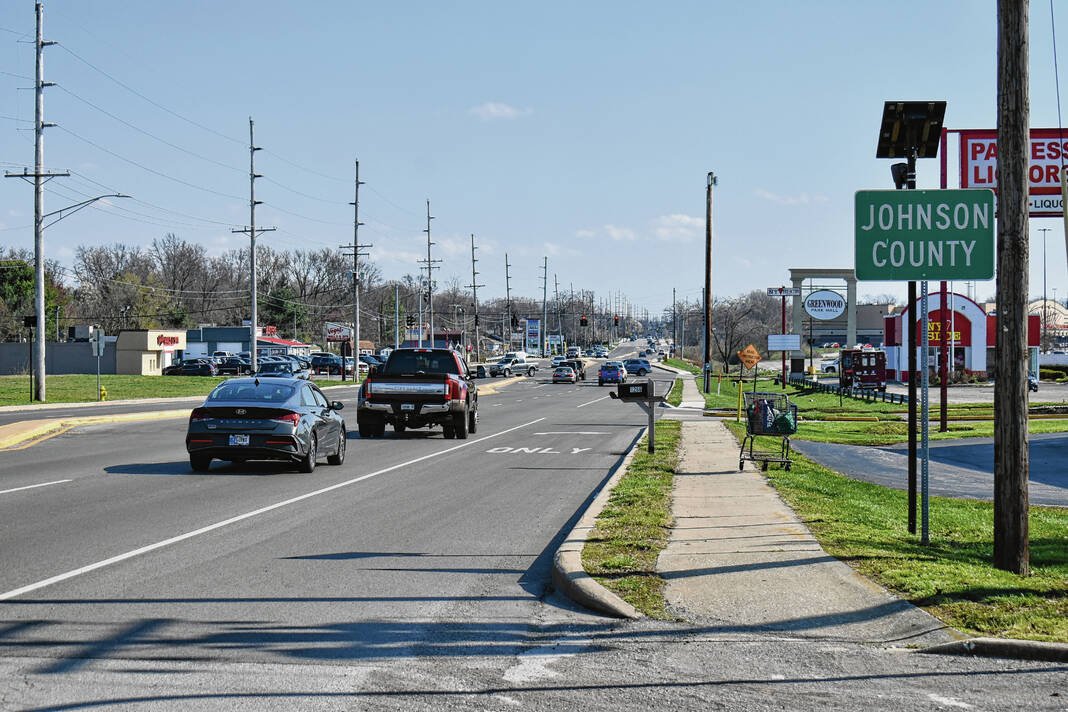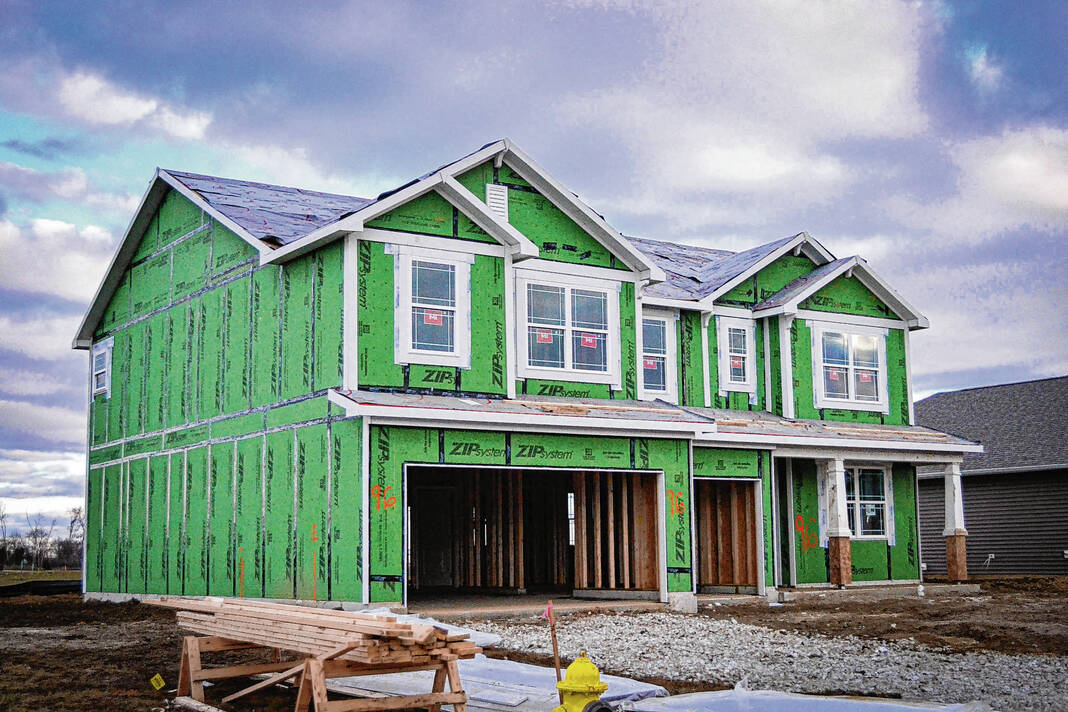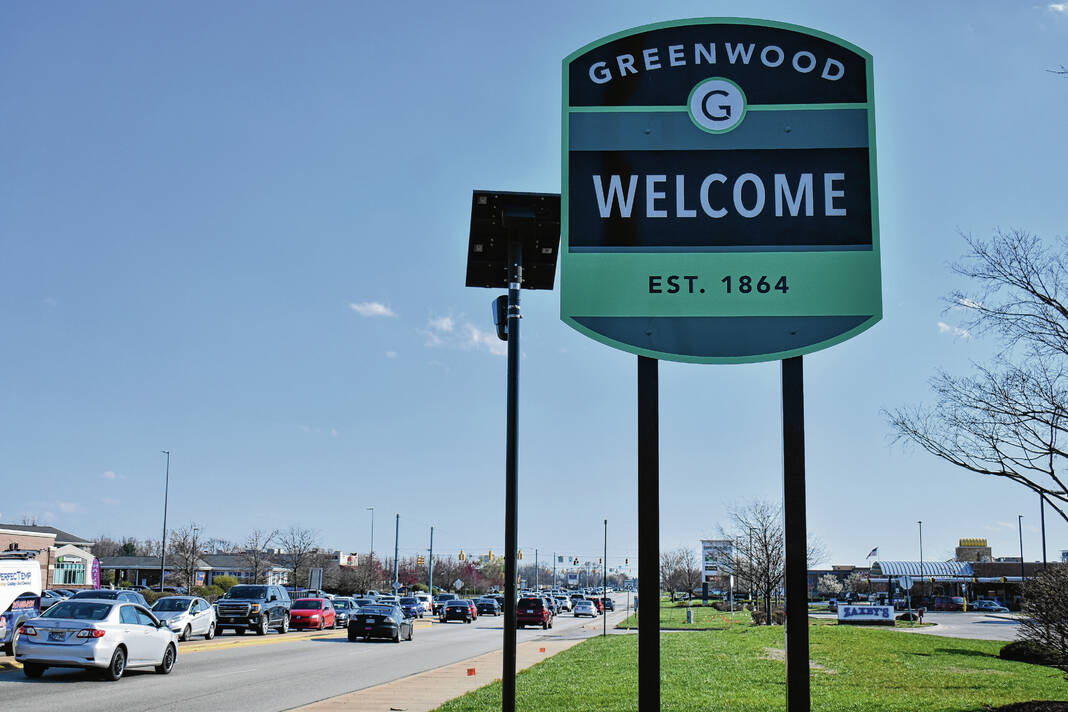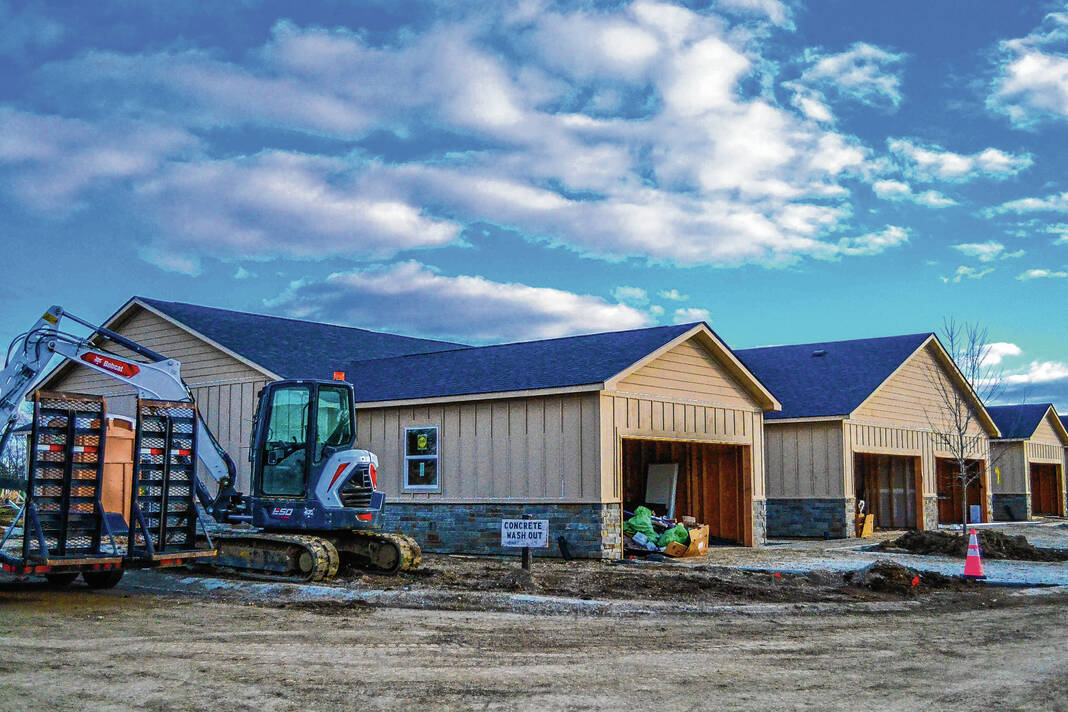More people are coming to call Johnson County home, census estimates show.
Johnson County’s population was estimated at 167,819 on July 1, 2023, an increase of 1.3% from the same day in 2022, according to estimates released by the U.S. Census Bureau earlier this month. Data also shows the county’s population has increased 3.7% since the 2020 census, where it was recorded at 161,763.
This trend is in line with other counties across the Indianapolis metropolitan area, excluding Indianapolis and Marion County.
The Indianapolis metro area grew 2.2% between 2020 and 2023, with more than 45,000 new people coming to the region. The largest drivers of that growth were Hancock, Boone, Hamilton and Hendricks counties — which all had increases of more than 6%. Johnson followed with more than 3.4%, Morgan with 1.9% and Shelby County with 0.4%, data shows.
However, Marion County’s population has continued to decline. The county has lost 8,200 people since the coronavirus pandemic — a drop of more than 0.8%, Axios Indianapolis reported.
Indiana’s population grew slightly to an estimated 6,862,199 for 2023, increasing 1.1% since the 2020 census. The state’s population was recorded at 6,785,442 at the time of the 2020 census, data shows.
Growth has also been seen across the country, with more U.S. counties experiencing population gains than losses in 2023. Counties in the South saw faster growth and more Northeast and Midwest counties had population losses turn to gains, according to the Census Bureau.
“Domestic migration patterns are changing, and the impact on counties is especially evident,” Lauren Bowers, chief of the Census Bureau’s Population Estimates Branch, said in a statement on the data. “Areas which experienced high levels of domestic out-migration during the pandemic, such as in the Midwest and Northeast, are now seeing more counties with population growth. Meanwhile, county population growth is slowing down out west, such as in Arizona and Idaho.”
This was also the first time since 2020 that more counties in the Midwest had population gains than losses, narrowing the average annual change among the region’s 1,055 counties to a loss of 0.02% from a loss of 0.09% a year earlier, census officials say.
In terms of migration, Johnson County was estimated to have a positive net migration of 1,812 — 1,606 domestic and 206 international — from 2022 to 2023. Cumulatively since 2020, there has been an estimated positive net migration of 5,595 people, 5,139 of which were domestic and 456 of which were international, census data shows.
Indiana also saw a positive net migration of 67,089 cumulatively since 2020. A majority, 38,751, was international while 27,338 people were domestic, data shows.
Zooming out, 62% percent of U.S. counties experienced positive net domestic migration in 2023, up from 60% in 2022. The 10 counties with the largest net domestic in-migration were mostly in the South, according to the Census Bureau.
The number of counties with positive net domestic migration increased in all regions except the West. The Northeast saw the largest increase in the share of counties with positive domestic migration from 44% in 2022 to 52% in 2023. The number of southern counties with positive rates of domestic migration increased from 957 in 2022 to 1,014 in 2023, while the number of those counties in the Midwest increased from 561 to 581, census officials say.
BY THE NUMBERS
Population Estimates by Year
Here’s a look at how Johnson County’s population has grown since 2020. Estimates are as of July 1 of their respective year, unless noted.
April 1, 2020, base: 161,763
2020: 162,237
2021: 164,394
2022: 165,686
2023: 167,819
Source: U.S. Census Bureau











